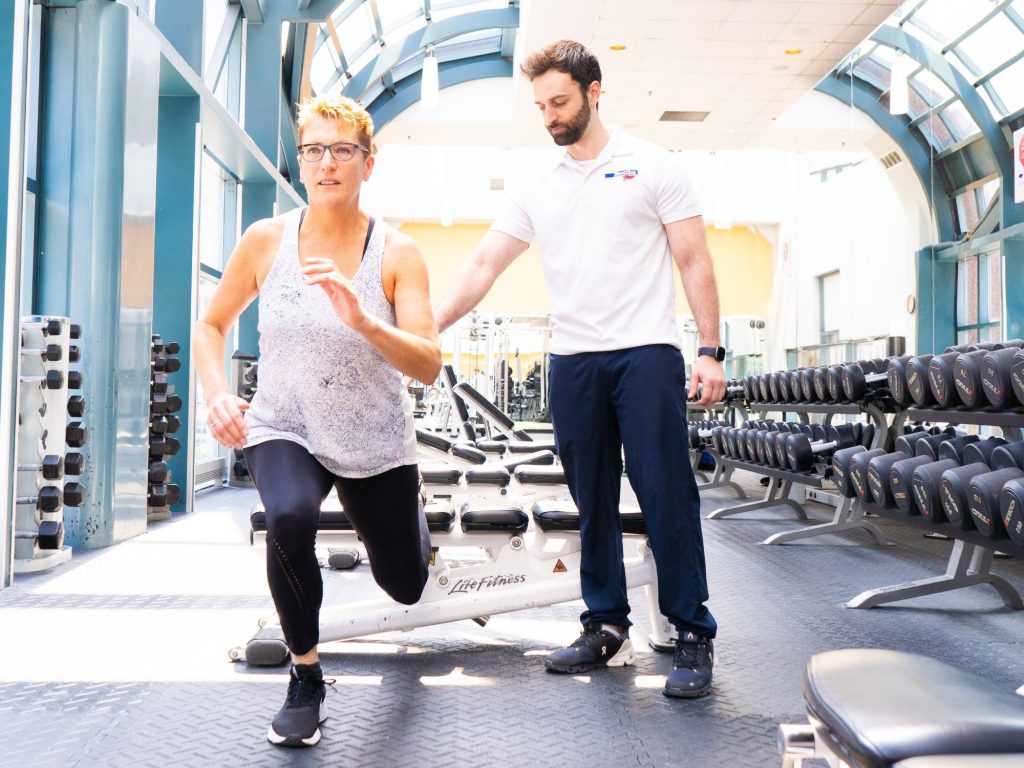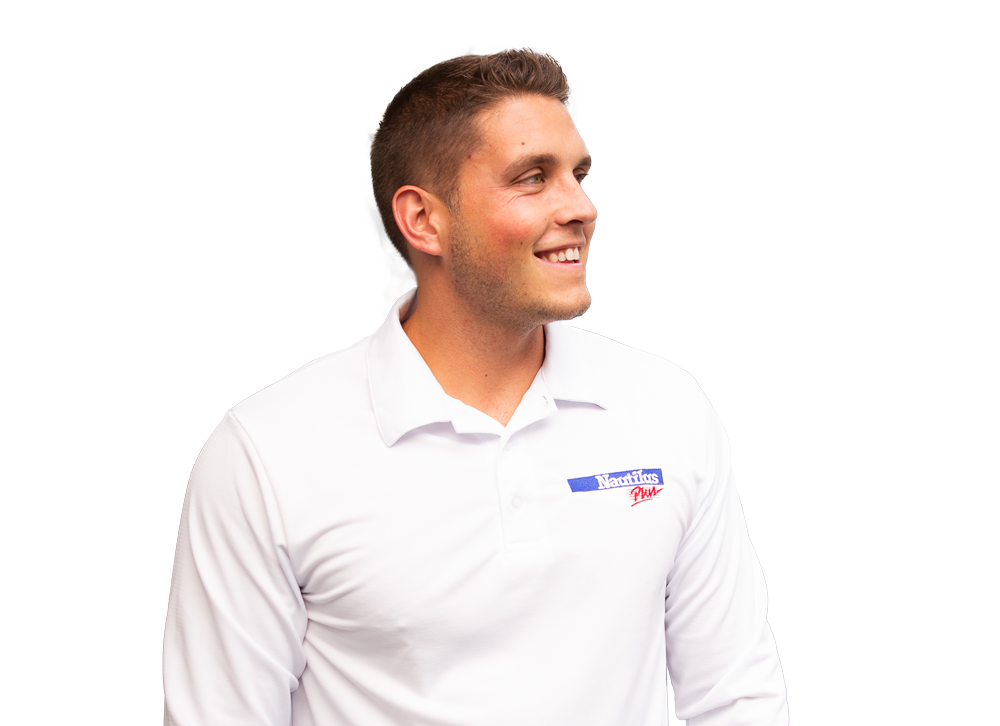
The knee is an important joint in the human body, as it is involved in virtually all our activities, from everyday life to sports. Unfortunately, knee problems are common and can quickly become an obstacle to achieving or maintaining a healthy lifestyle. In this article, I offer a few suggestions for safeguarding the health of this precious joint.
The best solution: prevention
While there are many possible solutions to knee problems, the ideal solution is to keep problems at bay. So how can we keep our knees healthy? There are three main types of action to take:
- Strengthening the muscles that mobilize the knees.
- mobilization of adjacent joints (hips and ankles).
- flexibility of all the muscles involved.
Specific strength training
First, I suggest you give priority to strengthening the quadriceps (thigh) and hamstrings (back of the thigh). The tendons of these two muscles are also a part of the structures that can protect your knee from injury in the event of improper movement and/or impact. Obviously, if these two muscles are stronger, you’ll also have the ability to better absorb impact and alleviate stress on the knee.
You know how to strengthen your muscles, but do you know how to strengthen your tendons? Don’t worry, as they’re the attachment point of your muscles, they’ll develop simultaneously with strength training exercises. I suggest using variations of squats and lunges, as these functional exercises target both muscle groups. The importance of choosing functional movements brings us to the next category of actions to take.
Mobilizing neighbouring joints
The impact of good mobilization of neighboring joints can be difficult to understand, as we’re talking about an indirect effect. The knee is a joint with a single axis of movement. To put it simply, the knee bends or unfolds (flexion/extension). The joint can bear an enormous amount of weight – easily 3-4 times our body weight for most people. So why are injuries so common? Alignment.
If your femur (thigh bone) and tibia are well aligned, chances are your knee will move comfortably. This allows your quadriceps and hamstring muscles to generate their maximum force. On the other hand, if your knee moves inwards or outwards, this creates a twisting force inside your knee that can lead to wear, inflammation and, in extreme cases, even damage (tendons, ligaments or menisci). This misalignment is often caused by a lack of strength or control of the hip-stabilizing muscles (gluteus medius, adductors, etc.). In other cases, it’s the ankle that poses a problem. If the ankle doesn’t flex sufficiently, you’ll be trying to compensate for your movements, which can put unnecessary stress on your knees.

Some strengthening exercises
What are my suggestions? Firstly, have your movements assessed by a kinesiologist. He’ll be able to confirm whether you’re able to maintain proper alignment. If not, he’ll be able to assess whether it’s a lack of strength, control or both. Whatever your situation, here are some suggested exercises.
For hip control: variations on squats and lunges. Yes, squats and lunges again! Concentrate on hip/knee/ankle positioning until you can squat in perfect alignment. If you can accomplish this already, try adding a challenge like using a BOSU ball or a rubber band to develop your level of control. As far as the ankle is concerned, we often talk about a lack of flexibility, which brings us to the 3rd preventative category.
Flexibility and suppleness
The 3rd important factor in protecting your knees is the flexibility of the various muscles around the knees, hips and ankles. The discomfort, pain and problems that can be caused by a lack of flexibility are many and varied. But here are a few common causes of pain. Despite the protective effect of strong quadriceps muscles, if this same muscle is too tight, it can create pain, due to constant tension of the patellar tendon (connects your kneecap to the top of your shin bone). On the other hand, a hamstring that is too tight will make it more difficult to control movement at the hip. Finally, an Achilles tendon or less flexible calves could cause the knees to bend beyond their capacity. That’s why it’s so important to develop flexibility!
Ideally, have your flexibility assessed by a kinesiologist to personalize your plan. A good flexibility program should include several exercises, other than passive stretching. However, in the absence of a personalized plan, I suggest you start with stretching. This will help loosen your muscles (essential for flexibility) and, when performed over time, will improve the flexibility of the targeted muscles. Focus on stretching the quadriceps, hamstrings, calves, glutes and hip flexors. As with any type of training, you’ll need to progress in your flexibility training! Add amplitude over time or hold positions longer, otherwise you won’t be progressing.
A great recipe to avoid knee problems!
This is my formula for protecting your knees. By following these simple steps, you’ll greatly reduce your chances of developing knee problems. Unfortunately, life offers no guarantees. You could injure yourself in a sport, be the victim of an accident or develop hereditary problems such as osteoarthritis. You could even develop pain despite your good habits. Should you avoid physical activity in these situations? No. Are the suggestions in this article still applicable? Of course. So, what should you do? Start by getting a diagnosis from a health professional and consulting a kinesiologist! They’ll put together a plan that’s right for you. This plan will keep you active, which is bound to improve your condition.
In closing, what I’d like you to take away from this text is that there are simple, effective actions that can protect your knees from potential problems, and if problems do arise, there’s always a solution. Above all, stay active!
How to avoid knee problems? is a post from Nautilus Plus. The Nautilus Plus blog aims to help people in their journey to fitness through articles on training, nutrition, motivation, exercise and healthy recipes.
Copyright © Nautilus Plus 2025

A session with a personal trainer will help you to progress!

Let's determine your fitness goals together and get some expert advice!
Make an appointment with a personal trainer
